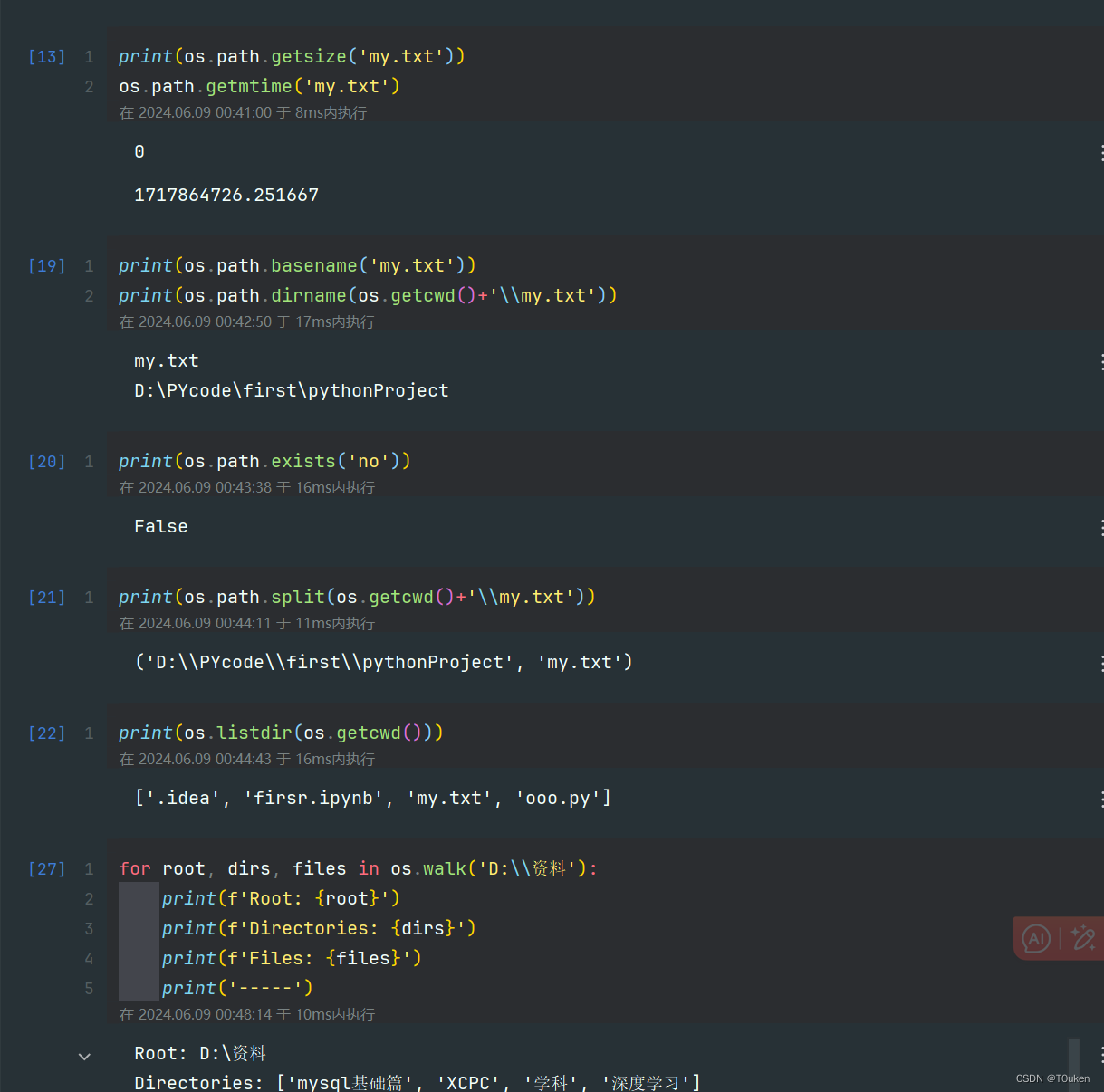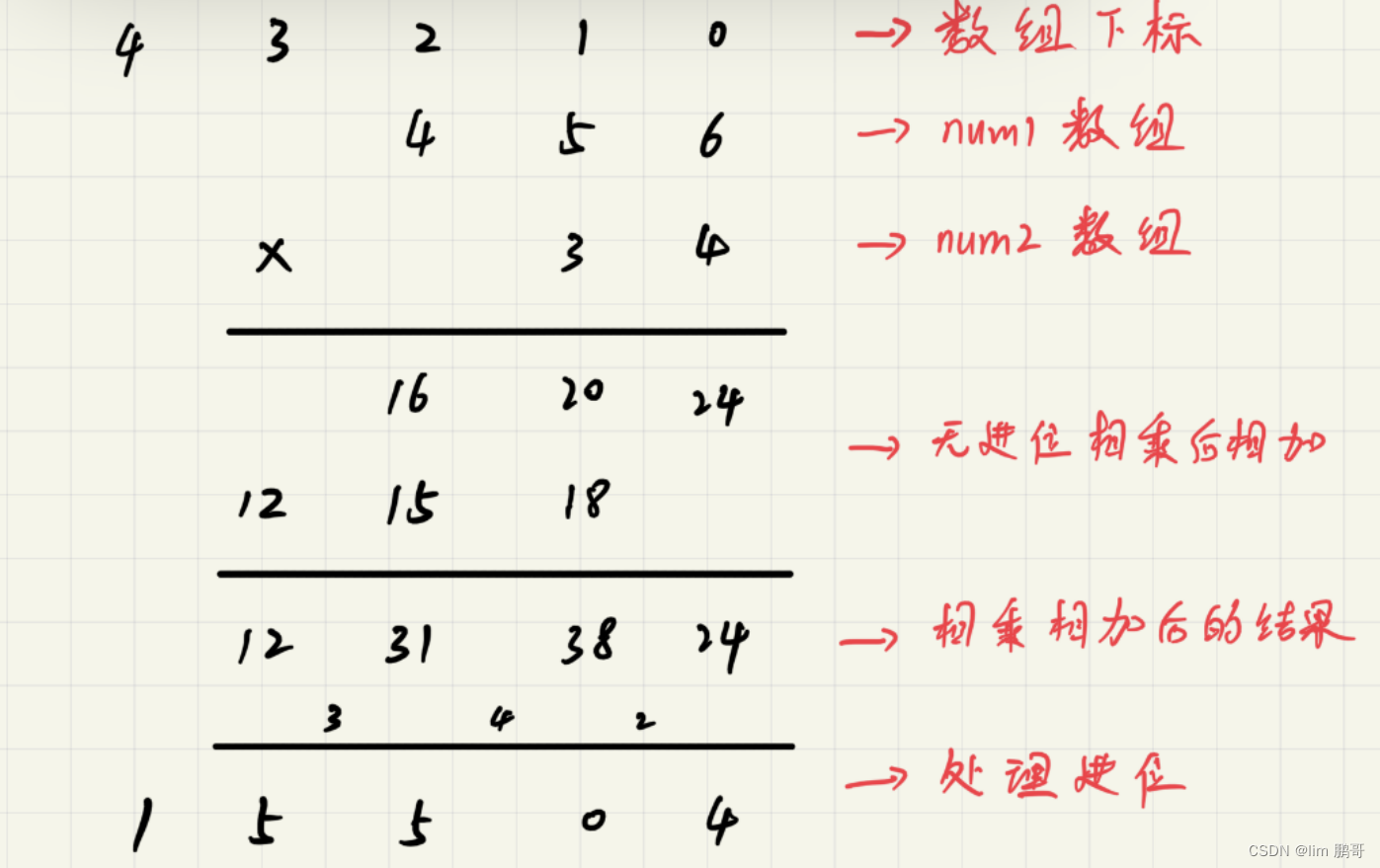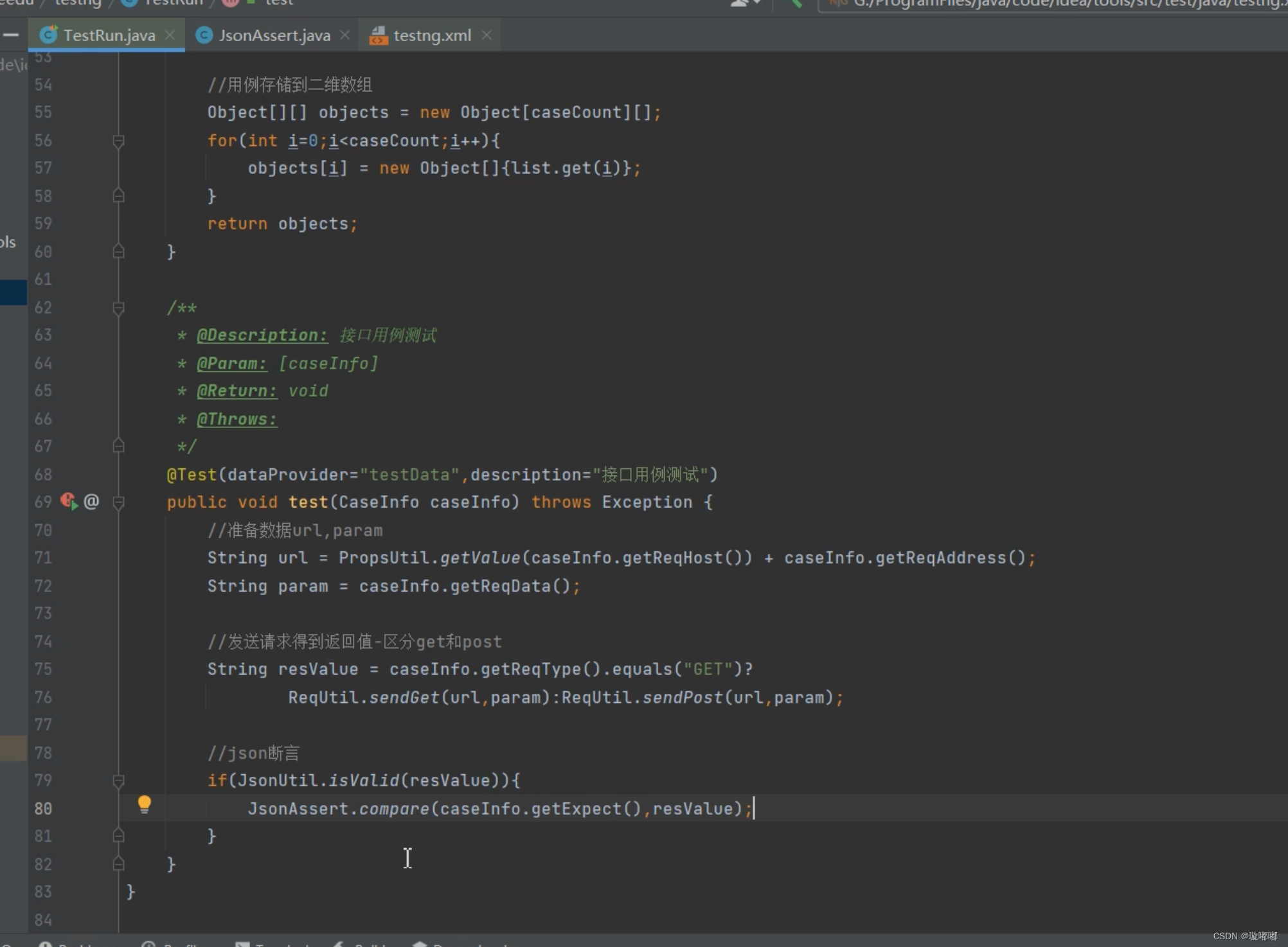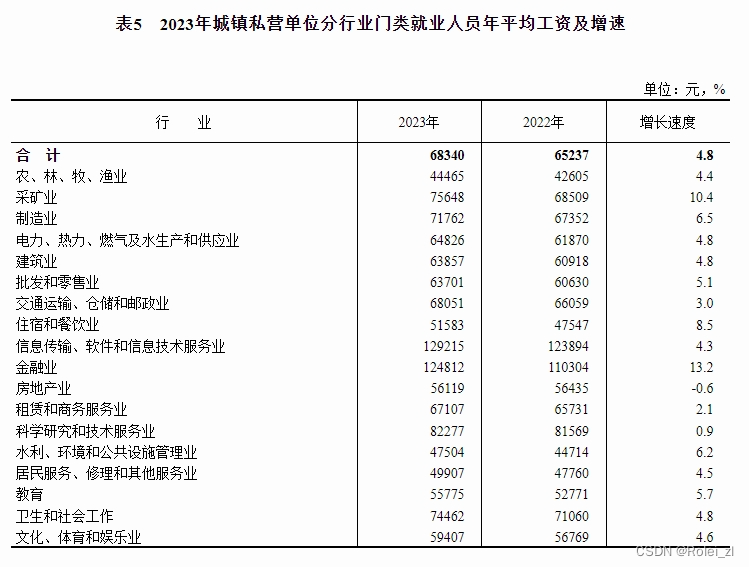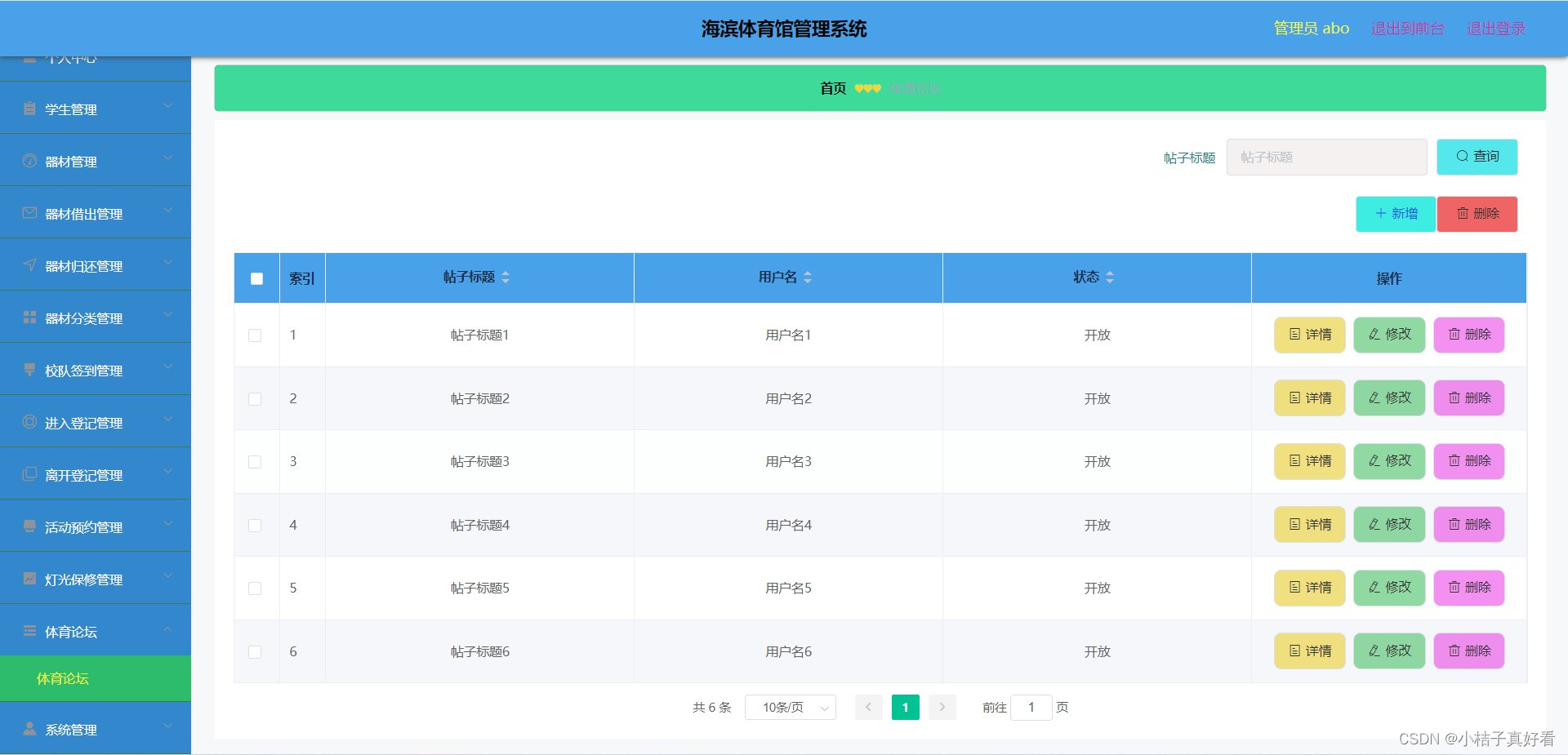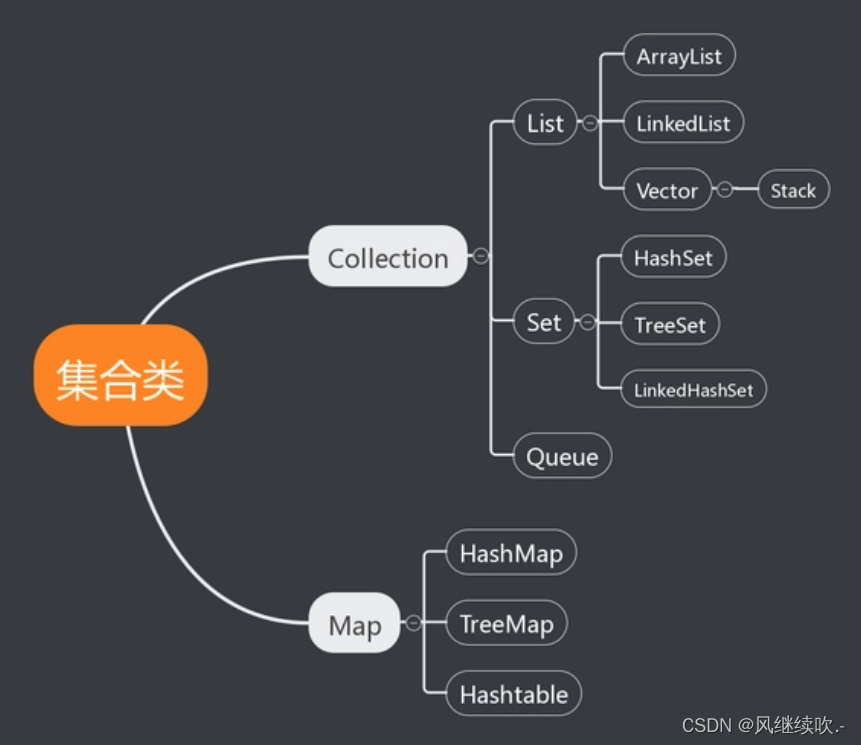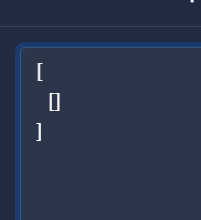题目
有 n 个气球,编号为 0 到 n - 1,每个气球上都标有一个数字,这些数字存在数组 nums 中。
现在要求你戳破所有的气球。戳破第 i 个气球,你可以获得 nums[i - 1] * nums[i] * nums[i + 1] 枚硬币。 这里的 i - 1 和 i + 1 代表和 i 相邻的两个气球的序号。如果 i - 1 或 i + 1 超出了数组的边界,那么就当它是一个数字为 1 的气球。
求所能获得硬币的最大数量。
示例 1:
输入:nums = [3,1,5,8]
输出:167
解释:
nums = [3,1,5,8] --> [3,5,8] --> [3,8] --> [8] --> []
coins = 3*1*5 + 3*5*8 + 1*3*8 + 1*8*1 = 167
示例 2:
输入:nums = [1,5]
输出:10
提示:
n == nums.length1 <= n <= 3000 <= nums[i] <= 100
代码
完整代码
#include <stdio.h>
#include <stdlib.h>
#define MAX(a,b) ((a) > (b) ? (a) : (b))
typedef struct {
int val;
int oldindex;
} st_t;
int cmp(const void *a, const void *b) {
return (*(st_t*)b).val - (*(st_t*)a).val;
}
int calcscore(int* arr, int thisInputIndex, int thisInputVal, int numsSize) {
int beforevalue = 1;
int aftervalue = 1;
// Find the first non -1 value on the right
for (int i = thisInputIndex + 1; i < numsSize; i++) {
if (arr[i] != -1) {
aftervalue = arr[i];
break;
}
}
// Find the first non -1 value on the left
for (int i = thisInputIndex - 1; i >= 0; i--) {
if (arr[i] != -1) {
beforevalue = arr[i];
break;
}
}
arr[thisInputIndex] = thisInputVal;
return thisInputVal * beforevalue * aftervalue;
}
void dfs(int* arr, int* nums, int numsSize, int* score, int* highestScore) {
int found = 0;
for (int i = 0; i < numsSize; i++) {
if (arr[i] == -1) {
found = 1;
int nowscore = calcscore(arr, i, nums[i], numsSize);
*score += nowscore;
dfs(arr, nums, numsSize, score, highestScore);
*score -= nowscore;
arr[i] = -1; // Reset the position after recursion
}
}
if (!found && *score > *highestScore) {
*highestScore = *score;
}
}
int maxCoins(int* nums, int numsSize) {
int score = 0;
int highestScore = 0;
int* arr = (int*)malloc(numsSize * sizeof(int));
for (int i = 0; i < numsSize; i++) {
arr[i] = -1; // 初始化为-1,表示该位置还没有填入数字
}
dfs(arr, nums, numsSize, &score, &highestScore);
free(arr);
return highestScore;
}
思路分析
- 回溯算法:通过深度优先搜索(DFS)来枚举所有可能的戳气球顺序,计算每种顺序下能获得的最大硬币数量。
- 计算分数:定义
calcscore函数来计算戳破当前气球时可以获得的硬币数,考虑到边界条件处理。 - 记录最高分:在 DFS 过程中记录获得的最高硬币数。
拆解分析
- 回溯搜索:遍历数组,每次选取一个未被戳破的气球进行递归处理。
- 分数计算:计算每次戳破气球后的硬币数,并在递归返回时进行回溯。
- 结束条件:当所有气球都被戳破时,更新最高硬币数。
复杂度分析
- 时间复杂度:
O(n!),其中n是数组nums的长度。每次递归都要对剩余未戳破的气球进行选择,因此是一个阶乘级别的复杂度。 - 空间复杂度:
O(n),递归栈的深度最大为数组nums的长度。
结果

一题多解
动态规划
动态规划思路分析
- 定义状态:使用二维数组
dp,其中dp[i][j]表示戳破nums[i...j]区间内所有气球可以获得的最大硬币数量。 - 状态转移:枚举区间内所有可能的最后一个被戳破的气球
k,计算戳破k号气球后的分数贡献,并加上k两侧已戳破气球的最大分数贡献。 - 初始化:所有单个气球戳破后获得的硬币数是
nums[i-1] * nums[i] * nums[i+1]。 - 结果记录:
dp[0][n-1]即为所求的最大硬币数。
动态规划拆解分析
最重要的就是这个三重循环:
for (int length = 2; length < n; length++) {
for (int left = 0, right = left + length; left < n - length; left++) {
for (int i = left + 1; i < right; i++) {
dp[left][right] = MAX(dp[left][right], newNums[left] * newNums[i] * newNums[right] + dp[left][i] + dp[i][right]);
}
}
}
- 第一层:
for (int length = 2; length < n; length++)
作用为控制区间长度,因为最终我们需要获得从0 ~ numsSize这个区间的最大值,因此我们需要依次获取长度为numsSize, numsSize -1, ……, 2,之所以从2开始是因为如果len = 1,不用算,score就是nums[i]; - 第二层
for (int left = 0, right = left + length; left < n - length; left++):
控制左右边界,从0开始依次扫描一遍各个可能的区间,计算每个可能的区间的得分。 - 第三层
for (int i = left + 1; i < right; i++):
在区间内戳破每个气球,看看这个区间内戳破哪个气球使得总得分最高,其中,dp[left][i]和dp[i][right]是戳破从左到i和从i到右的所有气球的分数,这样就保证了第三层循环内戳破第i个气球时,所有其他气球都被戳破并积分。
动态规划复杂度分析
- 时间复杂度:
O(n^3),三重循环枚举所有可能的区间和最后一个戳破的气球。 - 空间复杂度:
O(n^2),使用二维数组存储dp值。
动态规划代码
#include <stdio.h>
#include <stdlib.h>
#define MAX(a,b) ((a) > (b) ? (a) : (b))
int maxCoins(int* nums, int numsSize) {
int n = numsSize + 2;
int* newNums = (int*)malloc(n * sizeof(int));
newNums[0] = newNums[n - 1] = 1;
for (int i = 0; i < numsSize; i++) {
newNums[i + 1] = nums[i];
}
int** dp = (int**)malloc(n * sizeof(int*));
for (int i = 0; i < n; i++) {
dp[i] = (int*)calloc(n, sizeof(int));
}
for (int length = 2; length < n; length++) {
for (int left = 0, right = left + length; left < n - length; left++) {
for (int i = left + 1; i < right; i++) {
dp[left][right] = MAX(dp[left][right], newNums[left] * newNums[i] * newNums[right] + dp[left][i] + dp[i][right]);
}
}
}
int result = dp[0][n - 1];
for (int i = 0; i < n; i++) {
free(dp[i]);
}
free(dp);
free(newNums);
return result;
}
结果
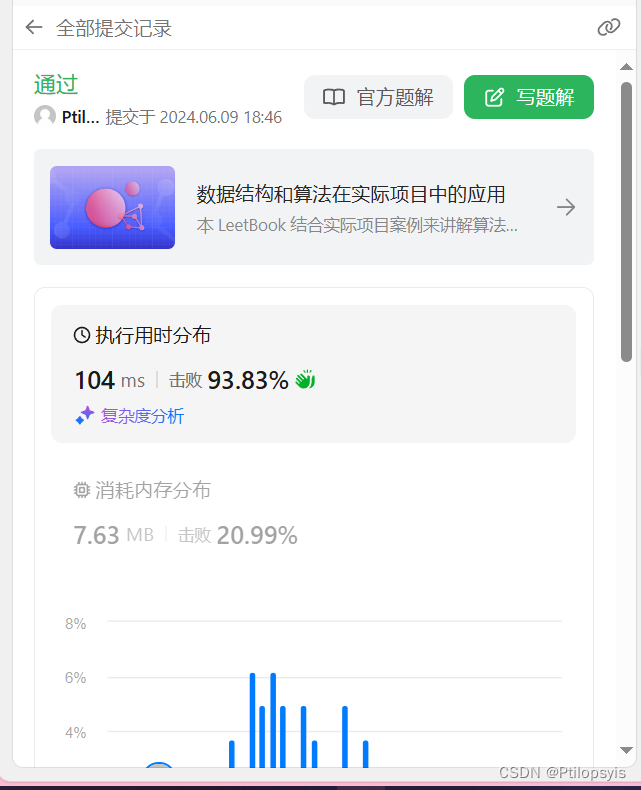
总结
dp相比于dfs暴力枚举所有情况,会大量使用之前得到的值来起到剪枝的效果,对于现在大家不缺空间来说肯定是dp更优,但是如果用在小型嵌入式系统,ram不够的话,dfs+剪枝也是一种可以考虑的方法。

